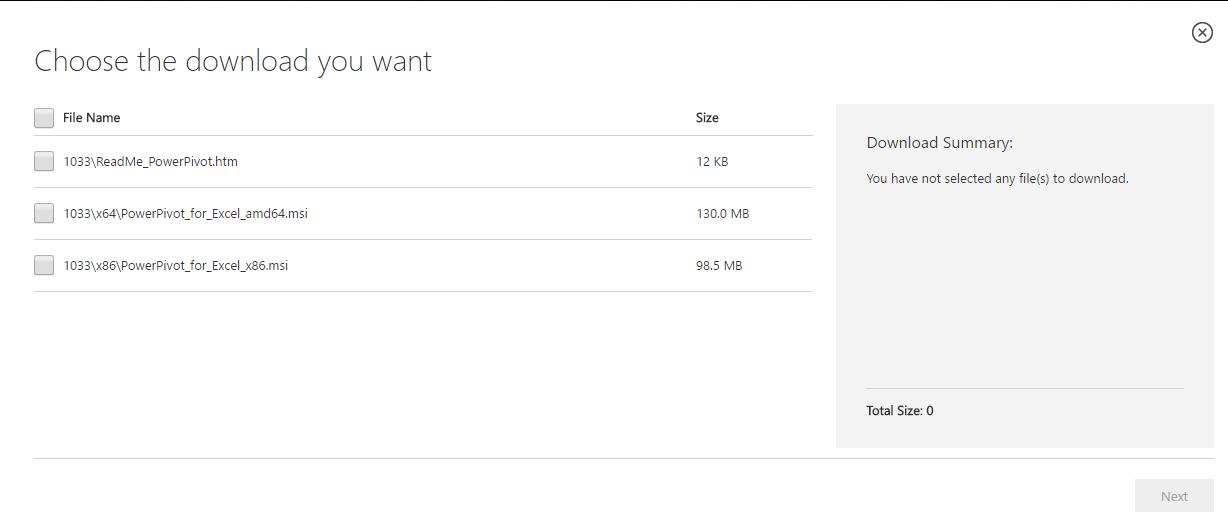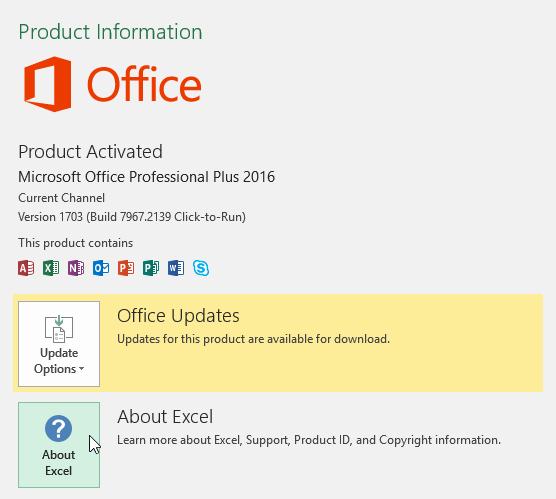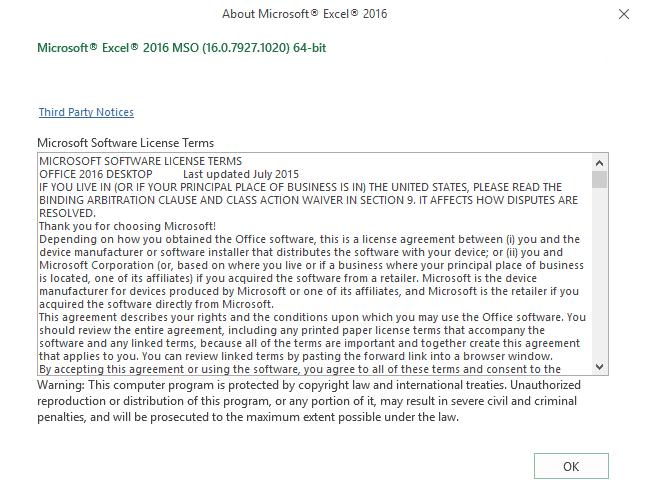Power Pivot Principles: Excel Compatibility
16 January 2018
Welcome to our Power Pivot blog series. In this post, we discuss Power Pivot’s compatibility with different versions of Excel.
Versions of Excel
Unfortunately, Power Pivot doesn’t work in all versions of Excel. These links for Excel 2013 and for Excel 2016 provide more detail, but in summary it works like this for PC’s:
- Excel 2003 and earlier: No compatibility (what are you still doing with these versions – Microsoft no longer supports these versions and they may now contain potential security issues)
- Excel 2007: This version of Excel only provides limited access to Power Pivot. It can be used to open a Power Pivot workbook to make style and formatting changes, but it can’t be used to interact with the PivotTable or PivotChart produced from the Power Pivot data
- Excel 2010: This version of Excel is the minimum requirement to use Power Pivot. The add-in will need to be downloaded. To download Power Pivot:
- Head to the Microsoft website.
- Select your desired language then click on the red ‘Download’ button, viz.

- Select the files you want, depending on which type of Excel (32-bit, 64-bit) you are running (i.e. x86 for 32-bit and x64 for 64-bit Excel)

- Double click on the .msi file to start the Setup Wizard, and click Run
- Click on Next to get started
- Tick the check box to accept the license agreement and click Next
- Enter your name then click Next
- Finally click Install and Finish at the end of the installation process.
- Excel 2013 and later: Depending on which version of MS Office you have installed on your computer, you may have the Power Pivot COM add-in available. Please refer to the following webpages These links for Excel 2013 or for Excel 2016 which shows the versions of Office which include Power Pivot.
- It’s worth noting that if you don’t have the right version, all is not lost – check out how you can get Power Pivot here in such circumstances.
It’s also worth noting whether you are using 32-bit or 64-bit Excel as this will have an impact on which version of Power Pivot you will need to download. Where possible, 64-bit is typically preferable as it allows you to work with much more data. To check this:
- Open Excel
- Go to the ‘File’ tab on the Ribbon

- Select the ‘Account’ option on the navigation bar (column on the left):

- Then select the ‘About Excel’ option:

- The version of Excel will be displayed at the top of the pop-up window:

You’re now good to go. Stay tuned for our next post on Power Pivot. In the meantime, please remember we have training in Power Pivot which you can find out more about here.

